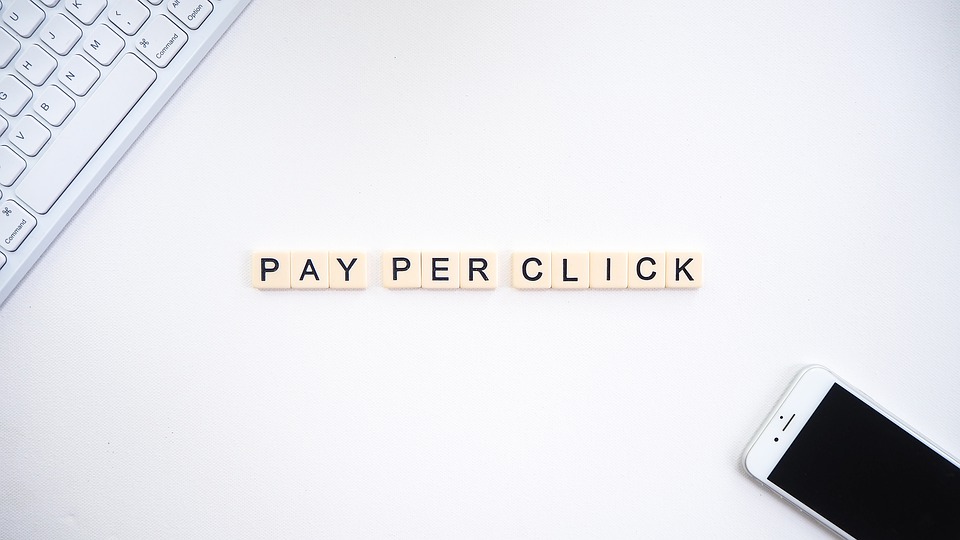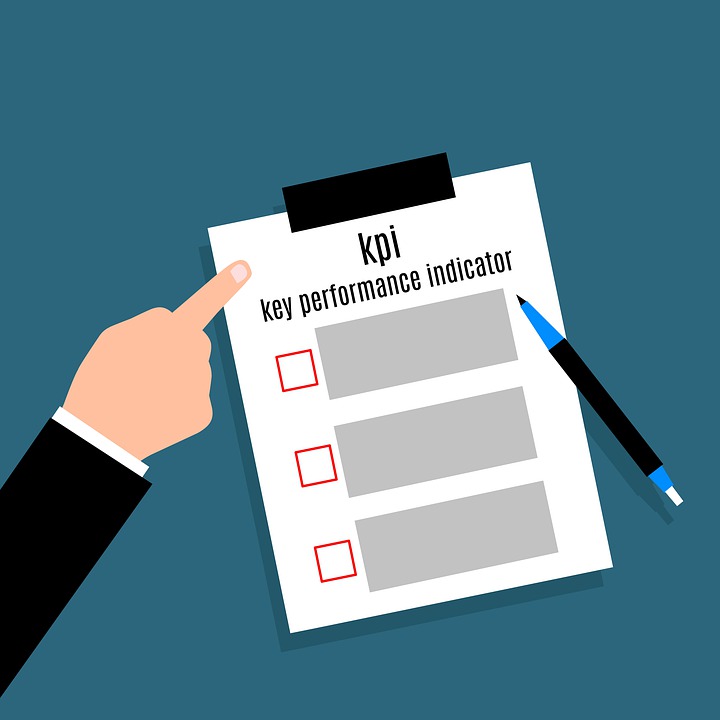
The organic model of online business or organic marketing is to search for the best positioning of an ad, a page or a website in the search engine results pages (SERPS) without paying anything, but strictly using search engine optimization (SEO)
In contrast, the paid model, particularly pay-per-click (PPC) basically implies that an advertiser pays a certain amount to a publicist for displaying their ad.
Both models have their peculiarities, techniques, and results. The first is often used by entrepreneurs who start in the field of digital marketing, while the second is a strategy that the most experienced users apply and who already have a budget to risk.
In this context, you should ask Am I ready for Pay-Per-Click Internet Marketing?
Getting Out from the Organic Search
In the beginning, most if not all, online entrepreneurs are focused on mastering the organic search model. The technique to do so is called search engine optimization (SEO). It consists of preparing various elements of each publication, such as the title, meta description, keywords, quality and quality, and content, among other things for its positioning in search engines.
Such engines as Google, Bing, or Yahoo have algorithms that assign different values to each of these elements and give a general, particular rating to each publication. In such a way that this rating places it in a specific position within the world’s rankings. The higher the overall value of a publication according to those algorithms, the better positioned it will be in the general classification. And the more possibilities it will have to be found in a search.

This whole process is free, and when it is done well, it ensures that you get an excellent position for a publication, if not the best. The best places get more visits and therefore, more income. However, mastering SEO takes time.
In contrast to organic marketing is paid marketing. The story regarding its origin in 1996 by Planet Oasis as a pay-per-view model is relatively well known. Bill Gross founder of Goto.com is then credited with creating the pay-per-click model, which Jeffrey Brewer presented at a TED conference in California.
Google started its own PPC model in 2000 as Adwords and Goto.com, which became Overture and was acquired by Yahoo, sued Google for a violation of the PPC patent. The rest is history.
The important thing about all this is that around 20 years ago, the PPC created a system to advertise and pay for each click. That is achieved without having to carry out the entire process that involves SEO.
Although it is necessary to optimize the ads based on specific keywords, their appearance depends not so much on the rating given by search engines or websites. They rely on the amount paid to advertise either fixed or subject to a bid. Who pays the stipulated price or better price as the case may be, wins and advertises.
Got the Money and Expertise ?
Before deciding to invest your money in a paid marketing campaign, specifically from PPC, you need to take into account two necessary ingredients to succeed:
1. Enough budget to invest
2. Knowledge and ability to optimize ads

In a PPC campaign, the click of a visitor can cost the advertiser up to 1 or 2 dollars. For 10 visitors, you would have to pay between 10 and 20 dollars. If your conversion rate were 30%, it would mean that every 3 visitors would make a purchase. Depending on the amount of each sale, it could be enough for some businesses to recover the investment in advertising and have an additional profit, but not for everyone.
If the advertiser wanted to get more visitors to his website from the paid ad, he would have to invest a more significant amount of money. But that would not ensure that all the people who clicked would generate some profit. Therefore there would be the risk of loss of such investment.
One of the strategies to increase the possibility of increasing conversions, and therefore increasing profits and reducing losses is through market segmentation. This means targeting paid advertisements to those audiences with the most considerable potential interest in an ad. For this, it is necessary to know various indicators of these groups and know how to configure the ads optimally.
Google Adwords, Yahoo! Search Marketing & Microsoft Adcenter

The leading platforms for paid ads are Google Adwords, Yahoo! Search Marketing (formerly Goto and Overture) and Microsoft Advertising (formerly Adcenter). Except for some peculiarities they work in practically the same way.
A minimum of $ 5 has to be deposited to operate, however, after that, there are no maximums or minimums, and it can be canceled at any time. Advertisers offer a bid amount on what they are willing to pay for each click on their ad associated with a specific keyword.
Google, Yahoo, or Microsoft algorithms rate each ad based on indicators such as CTR (click-through rate), the price of the bid and the quality of the landing page to which the ad leads.
VIDEO
Here is a clear explanation from Nundu Janakiram, product manager at Google about how Google Advertising works:
What About SEO?
SEO (search engine optimization) is usually seen as the counterpart of PPC (pay-per-click) or any other paid positioning strategy.
SEO refers to all the efforts that a person makes with the various elements of their online content to place them in the best positions of the search engines without paying anything for it. This is called organic positioning, and some of the criteria used for it are the title, keywords, quantity, and quality of content, number, and type of images, insertion of videos, interaction with the audience through comments, etc.

PPC, as already mentioned, refers to the advertiser’s payment to a publicist every time a visitor clicks on his ad. The criteria for this positioning were mentioned in the previous section: CTR, landing page quality, and bid price.
Usually, a person starts with SEO either because they have no money or no experience with digital marketing, or both and do not want to take risks. Once they have some expertise or budget, they venture into PPC since it offers above all the speed of positioning in top positions of the SERPs.
However, SEO and PPC do not necessarily have to run separately. You can design a strategy that includes both, for example, when you want to prove which keywords have the highest potential to generate clicks and especially conversions.
Boosting Your Business

Once you fully understand the operation of PPC and intelligently allocate a budget exclusively for this strategy, the benefits you can obtain for your business are diverse.
As long as you know how to configure the characteristics of the audience you wish to address, you will have greater control of your ads.
An ad optimized for a particular audience increases qualified traffic and the potential of potential customers as well as sales. Increasing visibility also improves the perception of your brand, creating a virtuous circle.
And something very relevant is that this process can happen much faster than would occur with SEO strategies, although of course with an inherent risk.
Keep an Eye on Your Key Indicators
Some of the indicators with which you have to familiarize yourself with the monitoring and optimization of paid ads are:

– Impressions: When an ad is seen by a single user (without clicking on it)
– Frequency: the number of times an ad appears in a specific period.
– Click-Through Rate: the number of users who click on an ad about the total number of users who have seen it (impressions)
– Conversions: Each time a user who clicked on an ad performs the action requested on the destination site (subscription to a newsletter, download a gift, fill out a form, buy, etc.)
In conclusion, PPC can be a challenging strategy at first when it is not known how to use it. It has a learning curve that must be mastered and also a margin of risk depending on each person’s budget and what they are willing to invest.
For this reason, PPC is not something recommended for people who start a business. In particular for those who do not have money to invest. For them, it is best to start with SEO.
But if you know the characteristics of your audience. If you have understood the publishers’ operations rules; got the budget to invest and want to boost your business, then it’s time to explore PPC.
Learn more about this and other topics related to digital marketing and internet businesses in a comprehensive manner and step by step from the beginning. CLICK HERE.


Hi Tommy,
I have been mainly using SEO techniques to attract visitors with a few social media promotions at certain times of the year. Do you think that PPC is more effective than than paying for social media adverts and promotions? The Facebook adverts I have been doing have not been that successful.